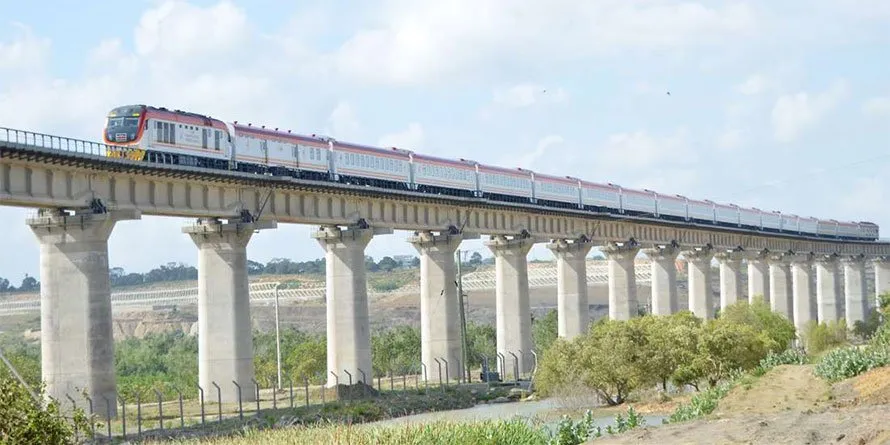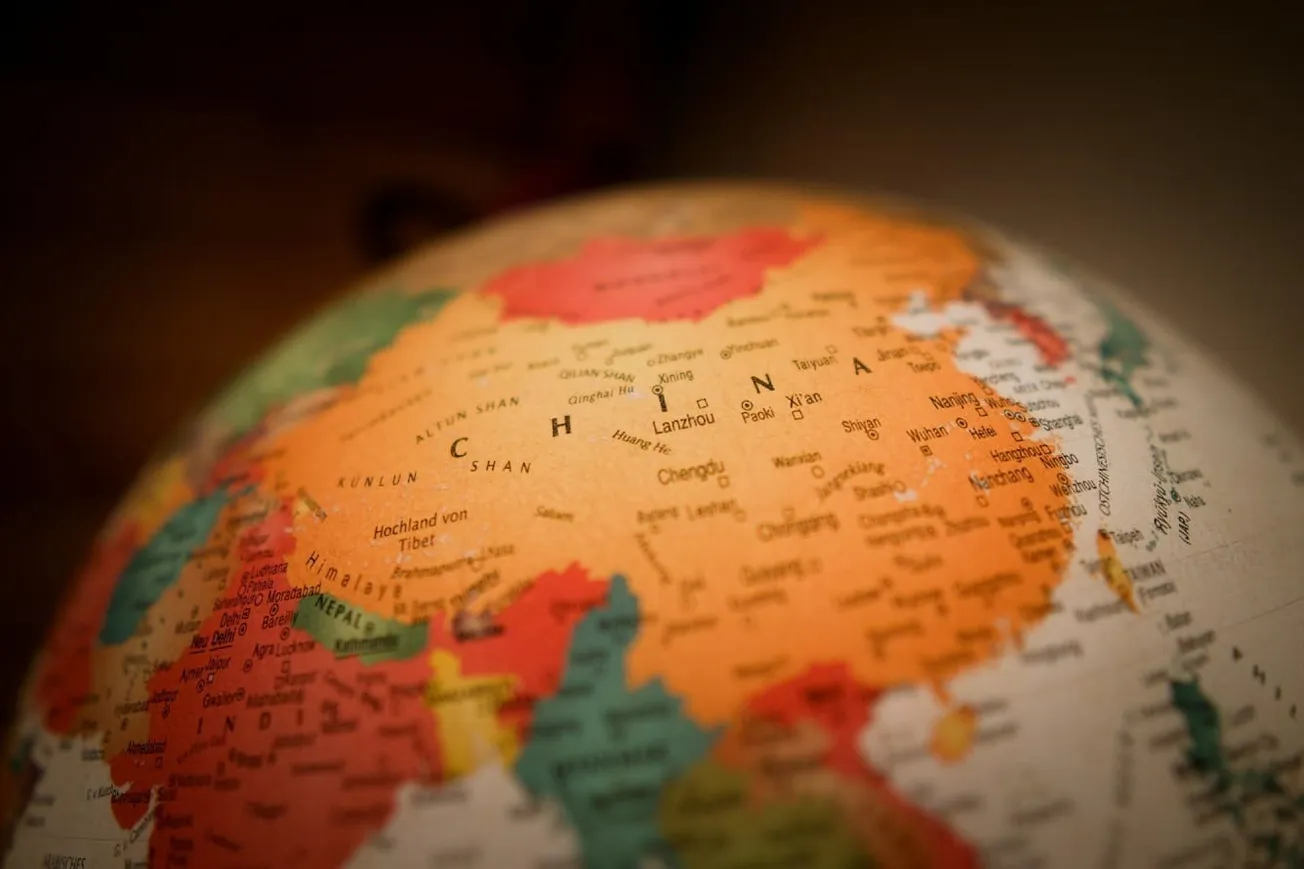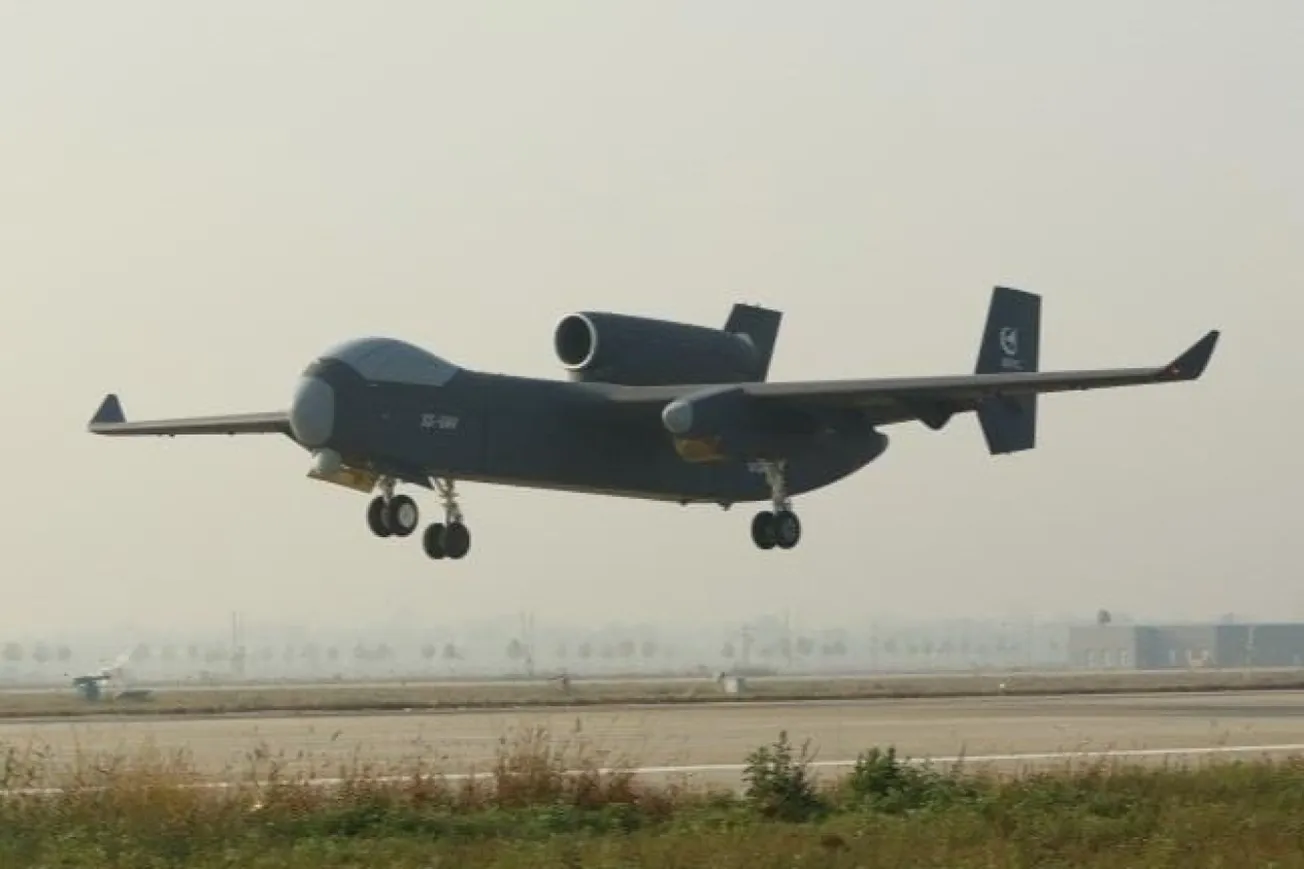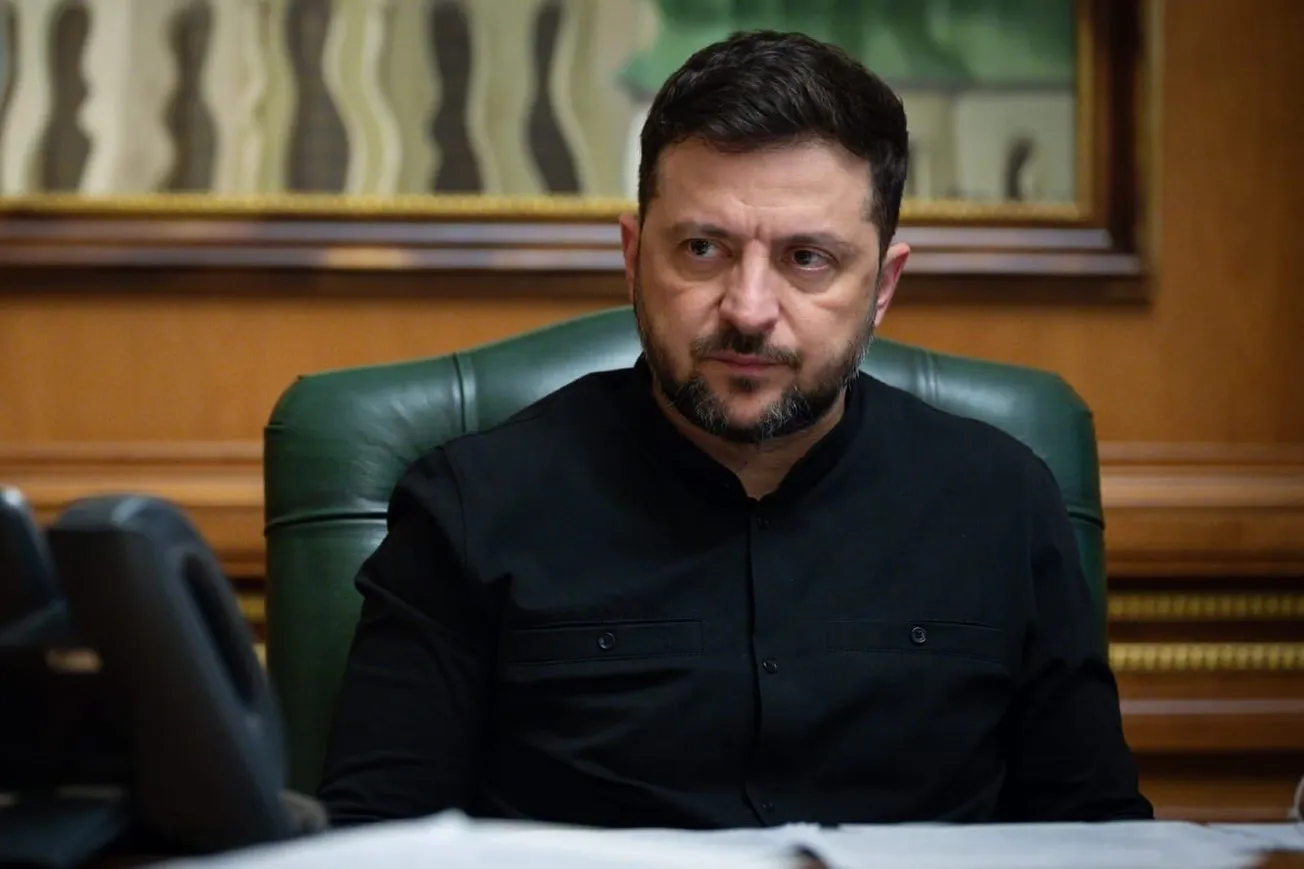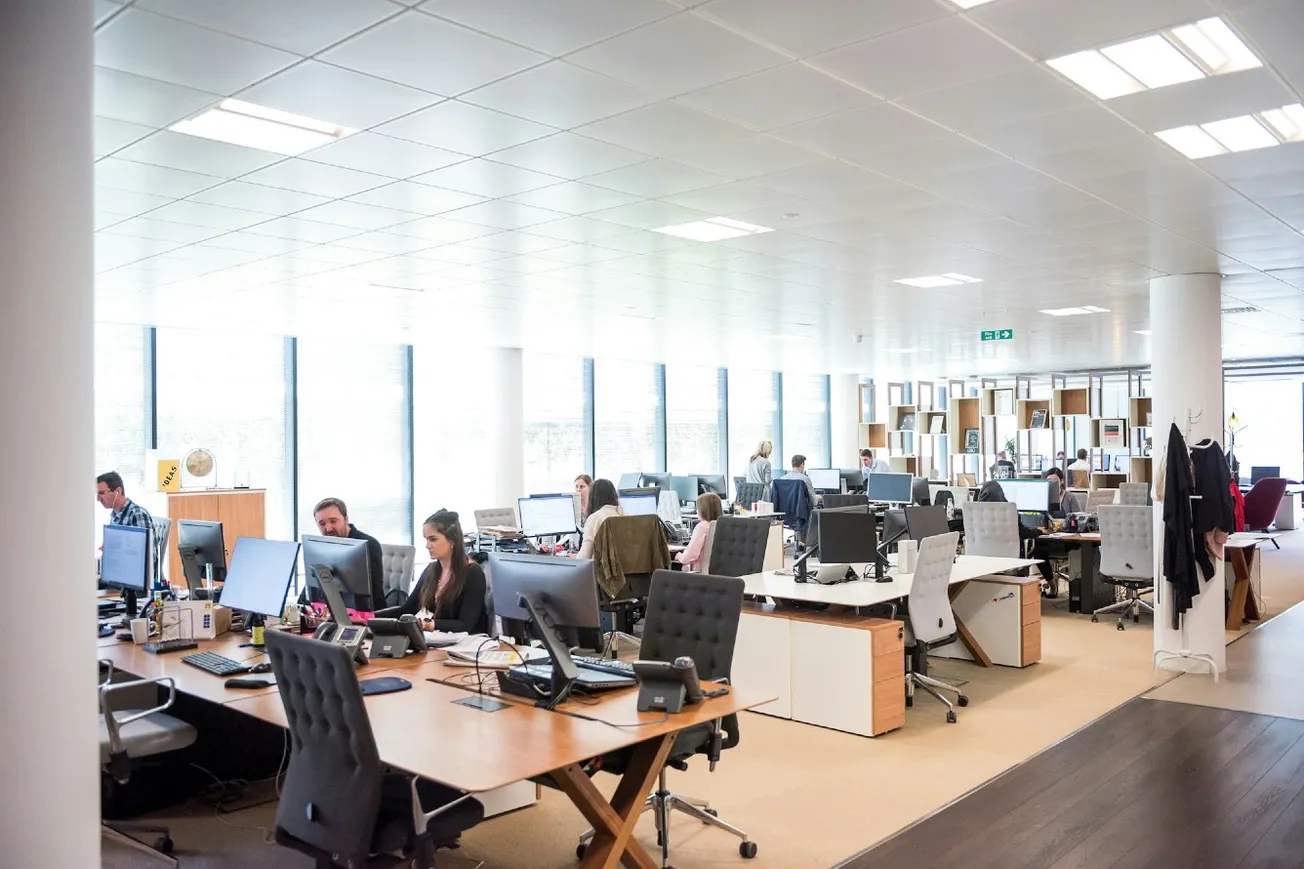In May 2017, the President of the Republic of Kenya, Uhuru Kenyatta, attended the Mombasa-Nairobi Standard Gauge Railway (MNSGR) delivery ceremony. It also found a special mention in China's Lunar New Year celebrations in 2018.
The MNSGR is one of the flagship projects of the BRI, with over 3.8 billion dollars of building cost. The standard gauge railway is 472 kilometers (293miles) long with operating speeds of 120 km/hr. (75 mph) for passengers and 80 km/hr. (50mph) for freight, connecting the Nairobi South (inland Kenya) to the Mombasa West (Coastal Kenya).
In terms of population, Nairobi, the capital, and Mombasa, its oldest city, are the first and second ranking cities of modern Kenya. Mombasa was one of the most famous ancient cities in East Africa and also one of the few trade centers on the ancient maritime trade route where the Arabs traded slaves and ivory.
History
The Arabs built the earliest port of Mombasa in the 8th century, and the port town was visited by trade ships from Arabia, Persia, India, and Europe. The Portuguese, who built Fort Jesus, also significantly influenced the city of Mombasa. It is believed that Vasco da Gama was the first known European to visit Mombasa with the mission to spread Christianity and expand Portugal's trading area. Once discovered by the Europeans, Mombasa became the main trading center for spices, cotton, coffee, and slaves. No longer satisfied with just trading at the coastal areas of Africa, the imperialist powers extended their activities inland in search of more resources. East Africa, which lacks navigable rivers like the Niger, Congo, and Zambezi, could not be explored until new means of transport like the meter-gauge railway was invented.
The first-meter gauge railway in Mombasa was built by the British, the Uganda Railway. It connected the British East Africa Protectorate and remained as one of the significant landmarks in Kenya. Besides moving goods, it transported European tourists, in search of game and adventure, inland. The railway facilitated the growth of Nairobi, which later became the country's capital.
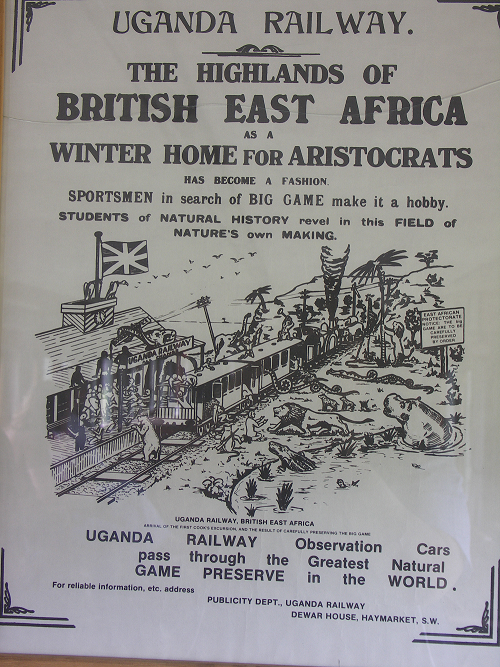
The MNSGR is designed to run parallel to the Uganda Railway with a straighter alignment that accommodates higher speeds.
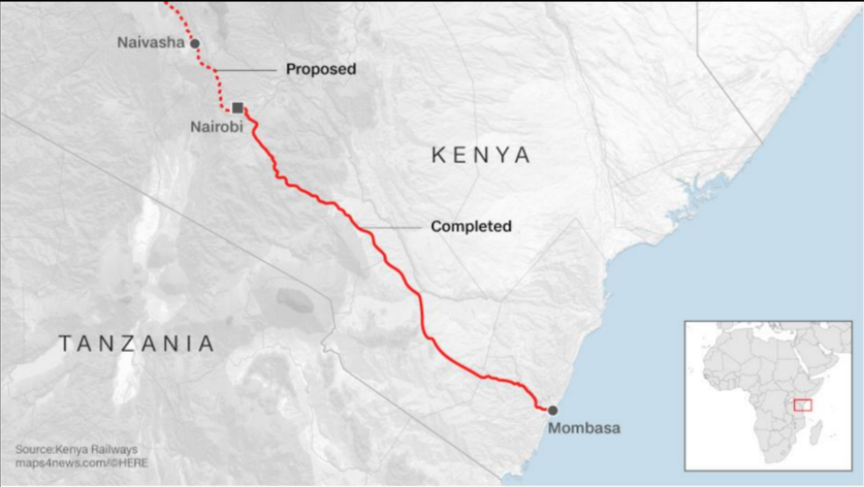
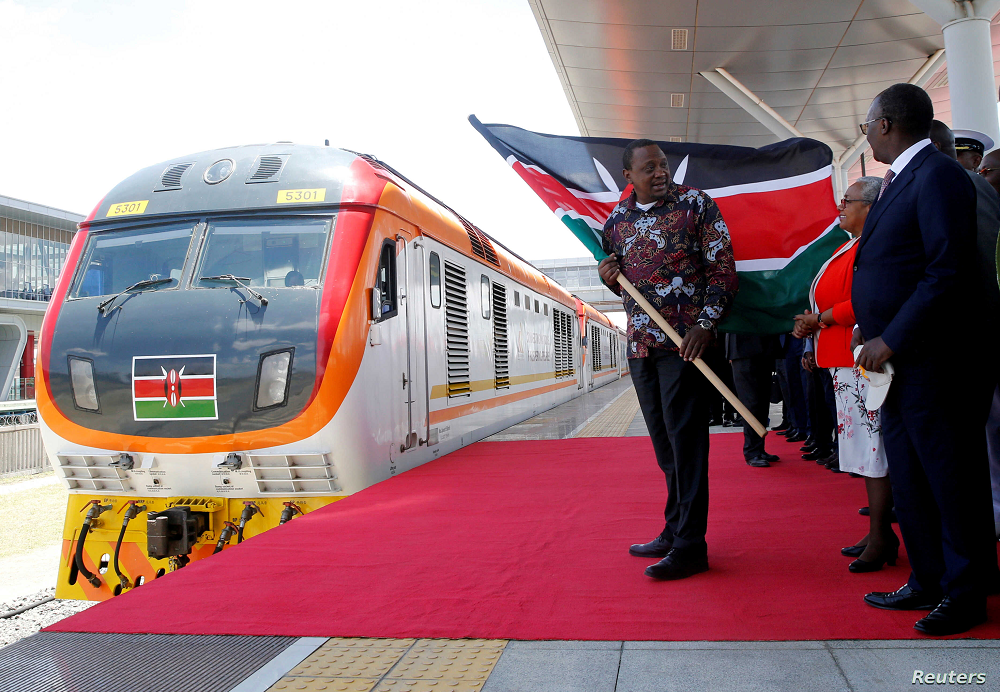
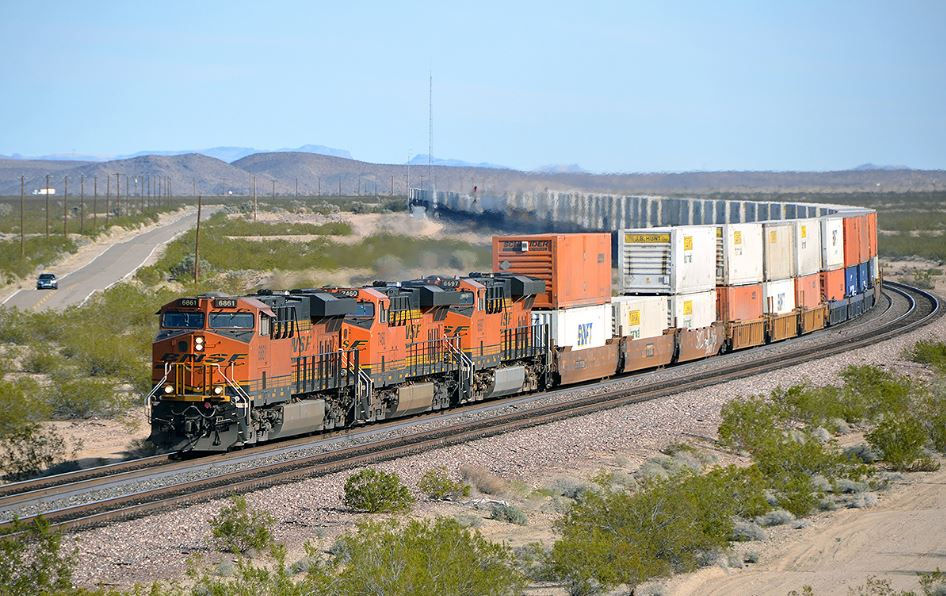
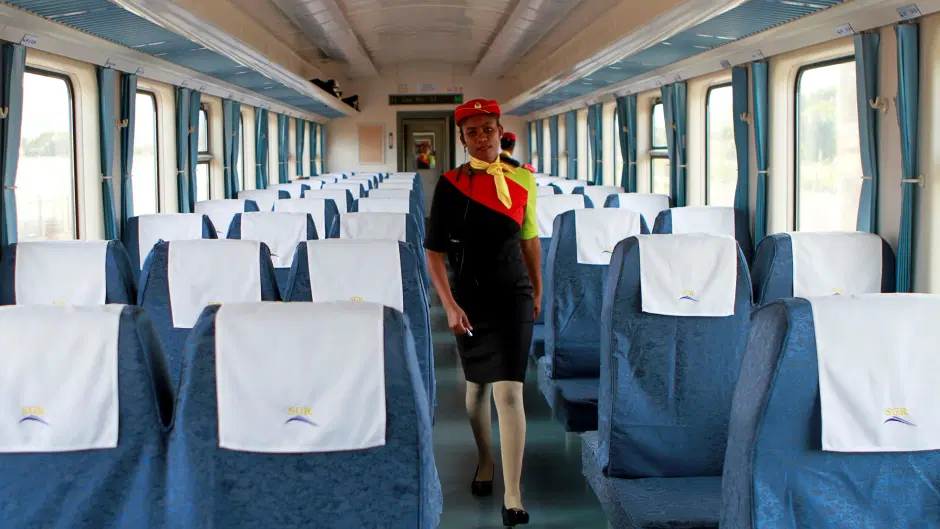
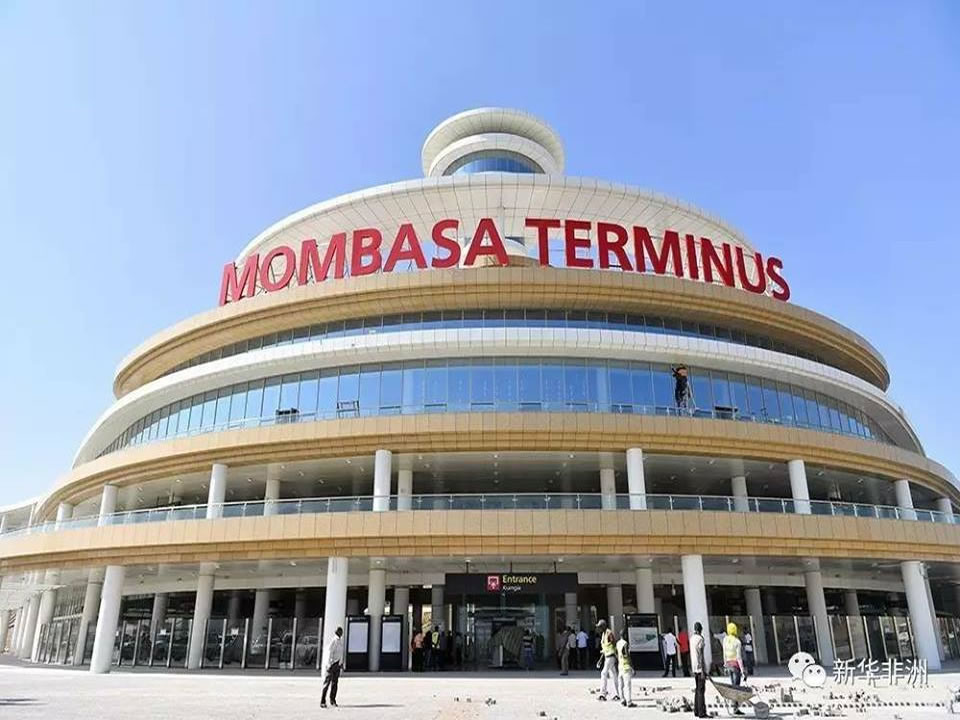
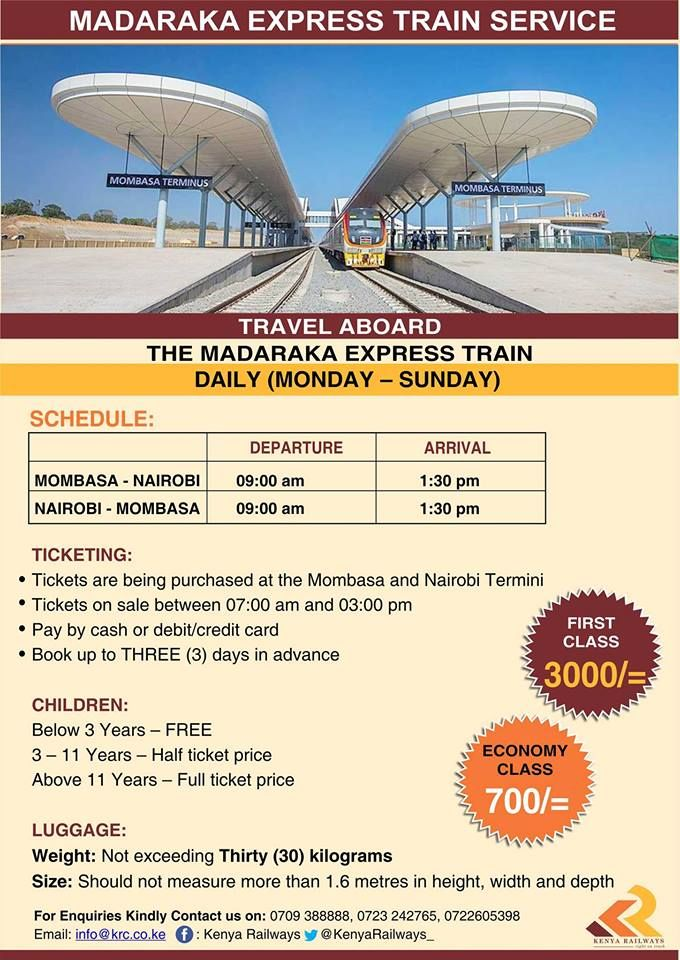
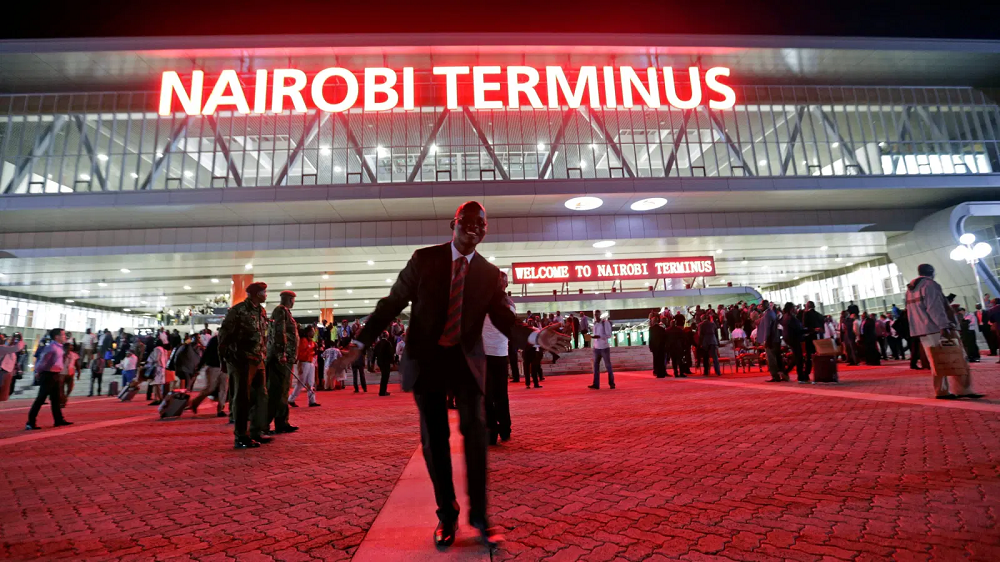
Import of the MNSGR
Three elements contribute to the significance of building a modern railway that connects Nairobi and Mombasa.
First, it links Kenya's capital to its most valuable coastal area, Mombasa. The port of Mombasa has maintained its significance from the 8th century to the modern days. It has an unparalleled natural advantage that allows East Africa to connect to the world commercially.
Second, the development of the MNSGR serves as an initiation project that opens the possibility of a more extensive and more sophisticated East Africa network. In the future, the MNSGR can extend its reach to countries like Rwanda, Uganda, South Sudan, and Ethiopia; this network will benefit China greatly as the land of East Africa harbors a tremendous amount of strategic natural resources. For example, according to the Brookings, "Uganda has a reserve of 2 billion barrels of oil and expected government revenues of $3.2 billion per year for the period from 2010 to 2040." Should China successfully secure the partnership with these countries, it will effectively alleviate China's concern for resource overdependence. On the other hand, according to S&P Global, "East Africa is a new frontier for the discovery and exploitation of so-called "technology metals," including tin, lithium cobalt and gold." An investment such as the MNSGR allows China to secure these strategic minerals to advance its technological advancement and political influence.
Third, from China's perspective, completing this flagship project of the BRI will allow China to create an information cascade. As other developing countries recognize the project's success, they may be more open to BRI ventures. China's hope of advancing its global influence rests on the success of BRI. With the successful establishment of a strategic railway network and harbors in East Africa, the port around Mombasa is expected to achieve a handling capacity of 24 million metric-ton by 2030. It is going to impact global economics and trade significantly.
The primary contractor of the MNSGR is, of course, China, specifically, the China Road & Bridge Corporation (CRBC). China has financed 90% of the project. According to Kenya's Ministry of Transport and Infrastructure, the project has created more than seventy thousand local jobs, contributed 1.5% of its GDP growth, and decreased the expense of goods transportation from Nairobi to Mombasa by 10-40%.
At the same time, there are controversies linked to the project. First, according to the Daily Nation, the most circulated newspaper in Kenya, the MNSGR project is allegedly unimaginably corrupt and overpriced. The report states that the CRBC has spent hundreds of millions of Kenyan Shillings entertaining the Chinese officers; over a billion shilling for grass along the railway; such spending has unjustly put the Kenyans in significant debt and deprived their sovereignty. While China has refuted these reports as false and unreasonably one-sided, they have raised understandable concerns among the Kenyans.
Second, as a standard gauge railway that reaches deep into Kenya, MNSGR raises concerns about disturbing Africa's precious wildlife. According to Save The Elephants, an NGO from Kenya, instances of elephants killed by trains and vehicles during railway construction have increased. To ease the anxiety that has emerged, China has constructed paths for animals along the railway. However, its effect remains to be seen.
Despite the concerns, Kenya's government has remained excited and supportive of the project as officials believe trade-offs are unavoidable in advancing economic growth. According to James Shikwati, the Inter Region Economic Network director, "for the foreseeable future, the wealth and jobs created by the project" will stay in Kenya.
From China's perspective, the installment of MNSGR serves as an economic accelerator and strategic natural resources pipeline. For the past 10 to 15 years, Africa has been actively seeking infrastructure development. During this time, China has increased its trade with Africa 20 fold, while America has only doubled it.
Chinese strategy focuses on seeking cooperation by facilitating development. Investing in developing markets with lightning speed has become China's secret to successfully fostering collaboration with these countries. On the other hand, the establishment of MNSGR and the Lamu Port (a port at Manda Bay, Lamu, Kenya) will eventually allow the transportation of strategic natural resources from Africa to China. And Mombasa is expected to become the heart of the East Africa Corridor that connects Rwanda, Uganda, South Sudan, and Ethiopia to the rest of the world.
Justin Du is an analyst interested in the nexus of geopolitics and economics, focusing on China.
Anjali Krishnan edited the story.

